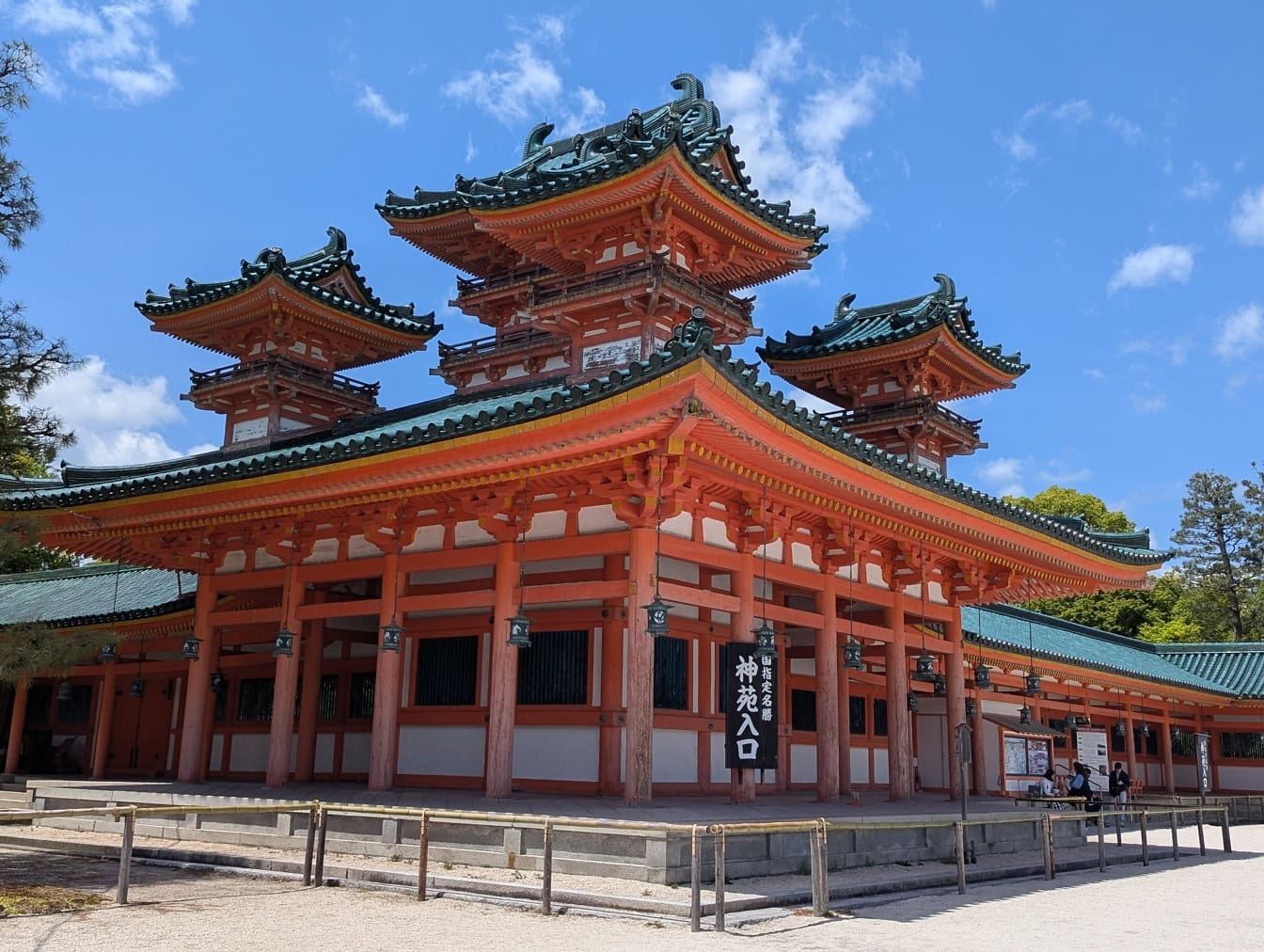Hiroshima Tram Guide for First-Timers: What No One Explains

When you first arrive in Hiroshima, one of the most charming things you’ll notice is the city’s network of old-fashioned trams gliding quietly through the streets. Painted in soft green and cream, these trams have become an inseparable part of Hiroshima’s daily life. They’re not only a practical way to get around, but also a living symbol of the city’s endurance and history. Yet for many first-time visitors, the tram system can be unexpectedly confusing. Here’s what most travel guides never explain but every traveler should know before hopping on board.
A Living Symbol of Resilience
Few visitors realize that some of Hiroshima’s trams actually survived the atomic bombing in 1945. Known locally as the “A-Bomb Trams,” these restored cars still run today, carrying passengers through a city that was once completely devastated. Riding Tram No. 651 or 652 is more than just transportation it’s a quiet, powerful reminder of recovery and peace. You’re not just moving through Hiroshima; you’re tracing the same routes that have witnessed the city’s rebirth.
A Network That Reaches Almost Everywhere
Unlike many Japanese cities that rely heavily on subways, Hiroshima’s tram network officially called Hiroden stretches across almost the entire city. It connects Hiroshima Station with all the major attractions: the Peace Memorial Park, Hiroshima Castle, Hondori Shopping Street, and even the ferry terminal to Miyajima. You can explore the city from one end to another entirely by tram, all while enjoying the view of everyday life unfolding around you. For most travelers, it’s one of the easiest and most scenic transport systems in Japan.
How to Pay Without Getting Confused
This is the part that confuses most tourists. You board from the back door and exit from the front. When you get off, you either drop coins into the fare box beside the driver or tap an IC card such as Suica, PASMO, or ICOCA. Within the city center, the fare is a flat 220 yen for adults and 110 yen for children, while longer rides to areas like Miyajima-guchi cost a little more. If you’re using an IC card, there’s no need to worry about the fare zones just tap when you board and again when you leave.
The One-Day Pass That Locals Love
If you plan to explore multiple spots in one day, the Hiroden One-Day Pass is an incredible value. For 700 yen, you get unlimited rides on all trams, and for 900 yen, you can also use the ferry to Miyajima. The pass is available at Hiroshima Station, convenience stores, and even some hotels. It quickly pays for itself after a few rides and saves you the hassle of counting coins every time you get off the tram.
Old Meets New on the Tracks
Hiroshima’s tram system is famous for its blend of history and modernity. You’ll see sleek, air-conditioned low-floor trams sharing the same tracks with vintage post-war cars. The newer trams are quiet, smooth, and accessible for wheelchairs or strollers, while the older ones with wooden interiors and rattling windows feel like time machines. If you’re lucky enough to catch one of the vintage cars, don’t rush off; enjoy the slow ride and imagine the city decades ago.
Mind the Destination Signs
Not every tram ends within central Hiroshima. Some continue toward smaller towns beyond the city. You’ll see destinations like “Hiroden-Miyajima-guchi” or “Eba” displayed at the front of each tram. Before boarding, check the sign above the driver or simply ask, “Miyajima-guchi desu ka?” to confirm where it’s going. Locals are used to travelers asking, and they’ll usually answer with a friendly nod or smile.
A Simple Route for Sightseeing
If you’re short on time, there’s an easy route that covers Hiroshima’s highlights. Start at Hiroshima Station, take Line 2 or 6, stop at Kamiyacho to visit Hiroshima Castle, continue to Genbaku Dome-mae for the Peace Memorial Park, and end at Hondori for shopping and lunch. In just a few stops, you’ll experience the city’s most iconic spots while traveling the same way locals do every day.
Etiquette to Keep in Mind
Like all public transport in Japan, trams in Hiroshima are calm and orderly. Locals rarely talk loudly, and eating or drinking is discouraged. Be sure to silence your phone, keep your bags out of the aisle, and offer your seat to the elderly or people with disabilities. When the tram reaches your stop, move quickly toward the exit so the next passengers can board smoothly. It’s a small courtesy that keeps the whole system running perfectly on time.
Why Hiroshima’s Trams Stand Out
Hiroshima’s tram network is not only the largest in Japan but also one of the most beloved. While cities like Tokyo have mostly replaced their trams with subways, Hiroshima has kept its streetcars at the heart of city life. They remain affordable, efficient, and beautifully nostalgic. For travelers familiar with European cities, Hiroshima’s trams offer a similar charm — but with a distinctly Japanese sense of politeness and precision.
More Than Just a Ride
The real magic of Hiroshima’s trams isn’t in their routes or convenience. It’s in the quiet glimpses they offer into daily life. You’ll see schoolchildren chatting softly, office workers staring out the window, and elderly passengers who’ve probably been riding these same lines for decades. Once you settle into your seat and the tram begins to glide through the city, you’ll understand why locals love it so much. It’s not just public transport it’s part of Hiroshima’s heartbeat, carrying both its history and its hope into the future.



